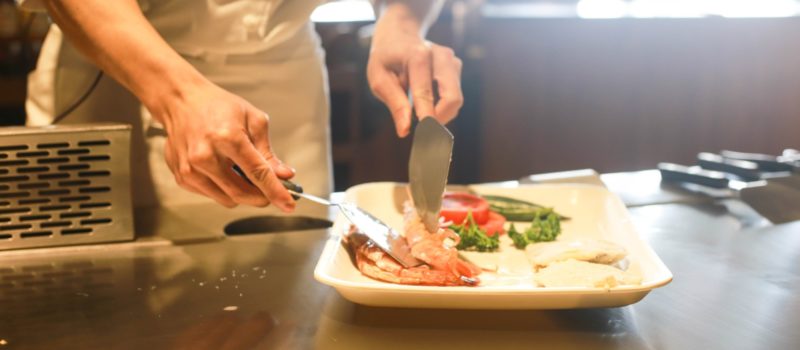As a restaurant owner, your biggest responsibility is ensuring you and your staff practice proper food safety standards. Foodborne illness is bad for your customers and your restaurant, and it is avoidable.
Follow our guide and develop the best food safety practices in your restaurant. This keeps your customers safe and coming back.
Wash Hands Often
The simplest and most important practice is ensuring all staff wash their hands before preparing and handling food. Staff should also wash their hands when shifting between tasks.
It is a good practice to have staff wash their hands whenever they leave and enter the kitchen. And at regular intervals even if they do not change tasks. Hand washing should be done with soap and warm water for at least 20 seconds.
Sanitize Surfaces
Developing regular sanitation processes is vital to keeping your kitchen clean. All surfaces must be sanitized. This includes prep areas, storage areas, cutting boards, appliances, equipment, trash cans, and the floor.
Even surfaces such as the floor and trash cans need to be sanitized because this prevents pests. These pests spread diseases around your kitchen, contaminating your food and prep and storage surfaces.
You should have regular daily, weekly, and monthly cleaning processes as part of your food safety regulations. These must be followed without exception. Making a food hygiene audit a regular part of this process is also vital to ensure you are on top of your game at all times.
Wash Vegetables and Fruit
All produce must be thoroughly washed to remove any bacteria and dirt that might be present. Use cold, clean water to wash produce. It is also worth investing in vegetable brushes and other food safety tools to correctly wash your produce.
Avoid Cross-Contamination
Cross-contamination occurs when harmful bacteria or microorganisms transfer from one object to another. This usually occurs when using the same surfaces to prepare different foods. Using different products, such as cutting boards, when dealing with different food types is vital.
This is especially important to ensure allergens are not transferred to foods and dishes where they must be absent. Never prepare an allergen-free dish with the same equipment used on normal dishes. This is essential to maintaining food safety.
Create designated allergen-safe spaces and equipment in your kitchen. It is also a good idea to train your staff on the Big 8 food allergies: peanuts, tree nuts, soybeans, milk, eggs, wheat, fish, and shellfish.
Prepare and Store Food at Safe Temperatures
Food needs to be prepared and stored at the right temperatures. Keep food out of the danger zone between 41 and 135 degrees Fahrenheit. Food that stays in this range is more likely to grow dangerous bacteria and will spread.
Food Safety Standards
Practicing good food safety standards is an essential process for any successful restaurant. These standards keep your customers safe and coming back happy and hungry.
If you follow our guide to basic food safety you will be on your way to keeping your customers safe. If you enjoyed this article check out the rest of our blog.

